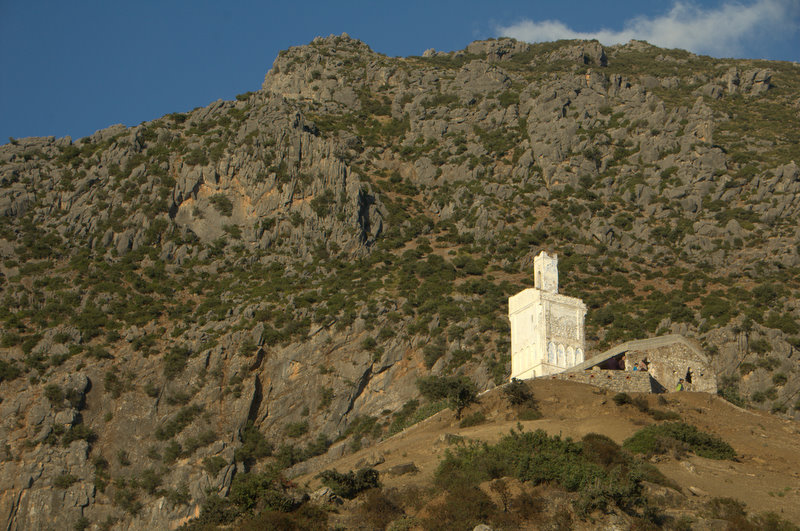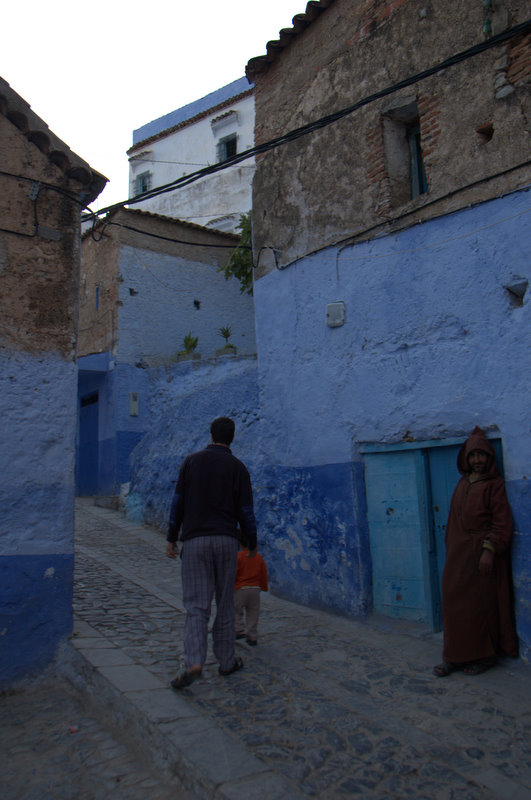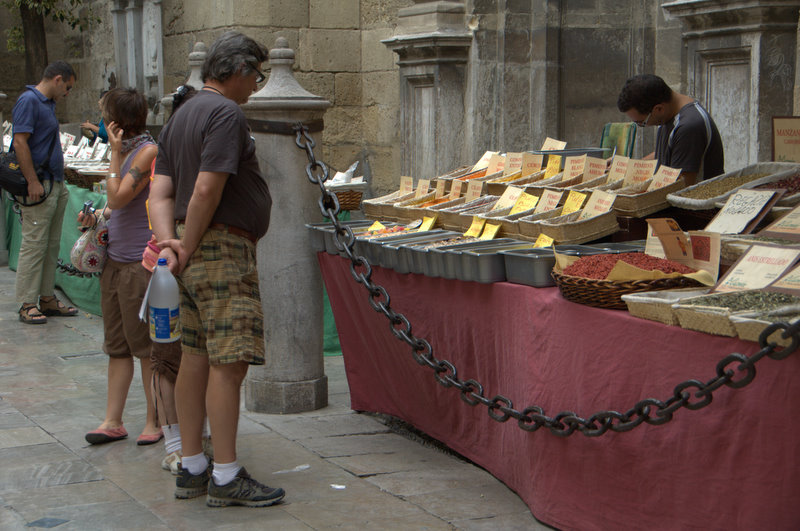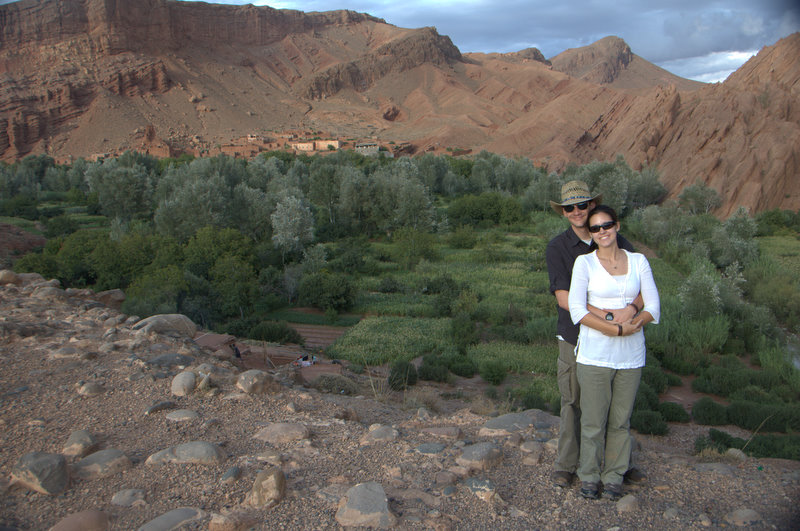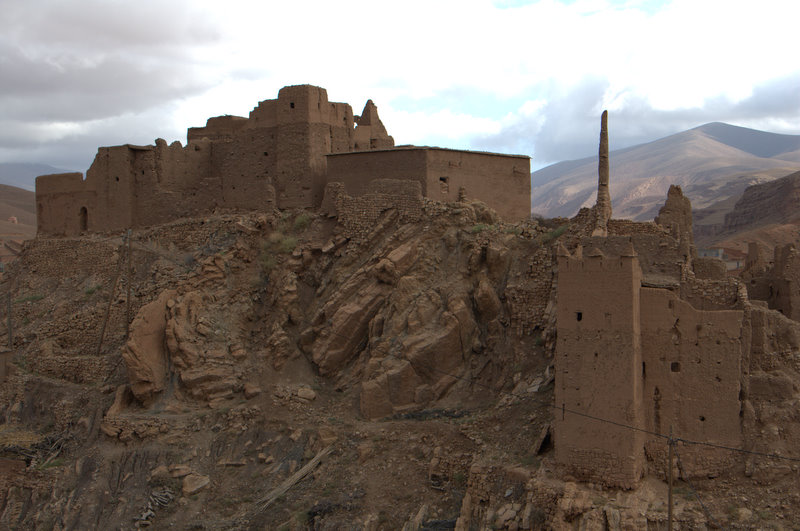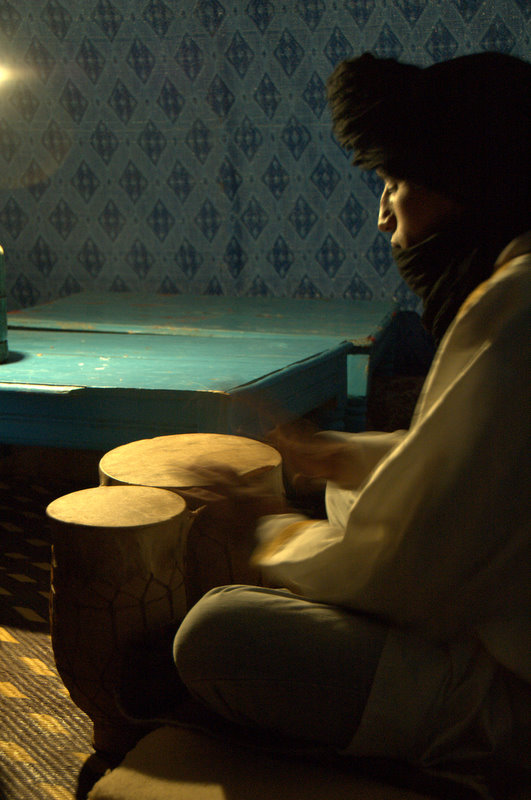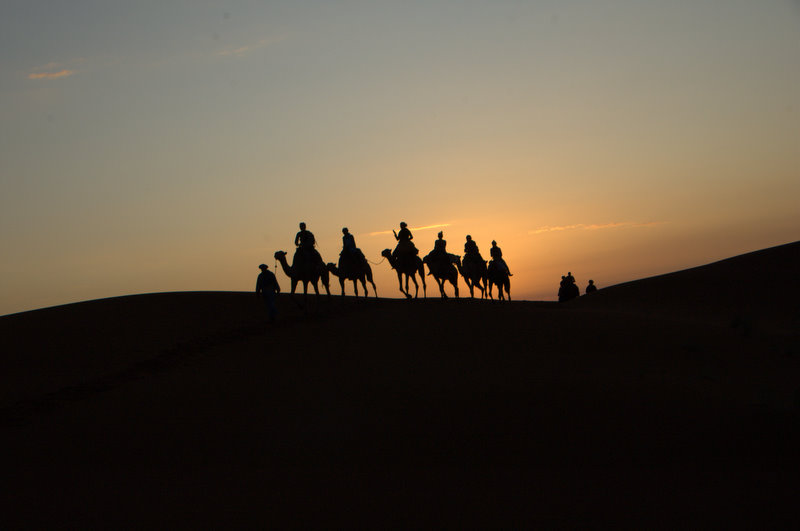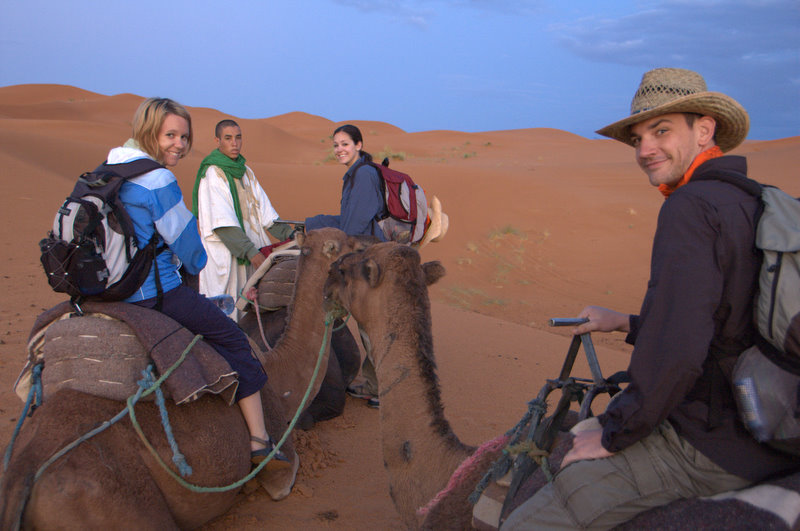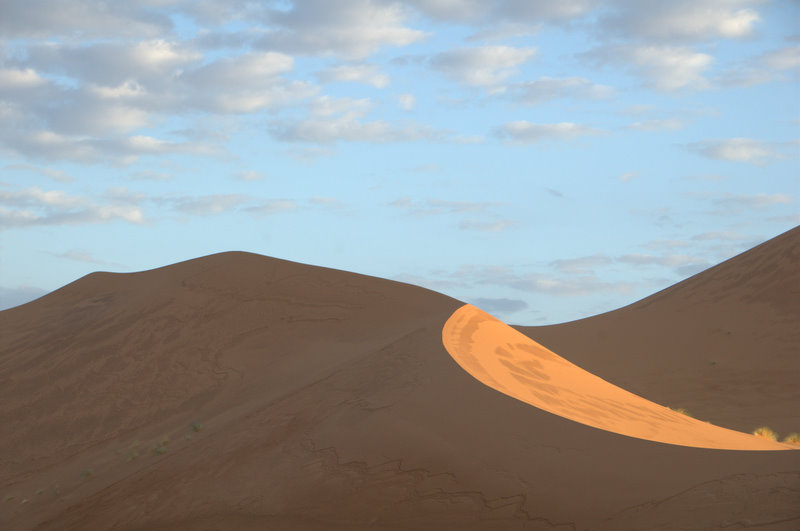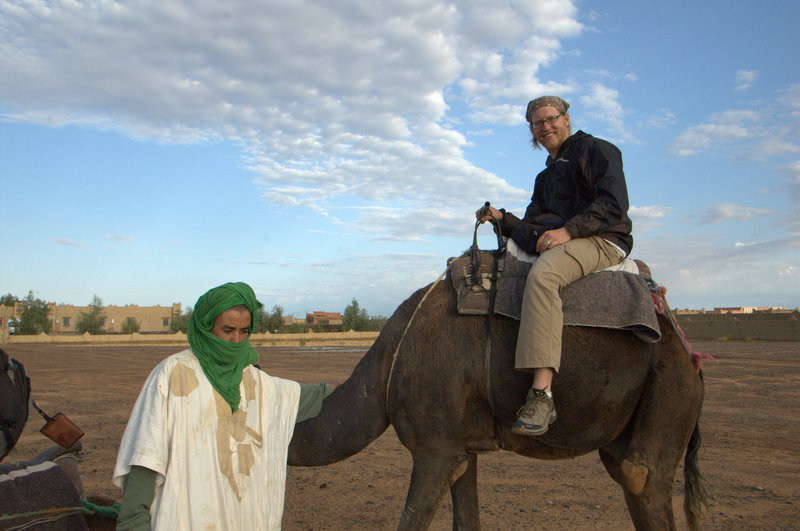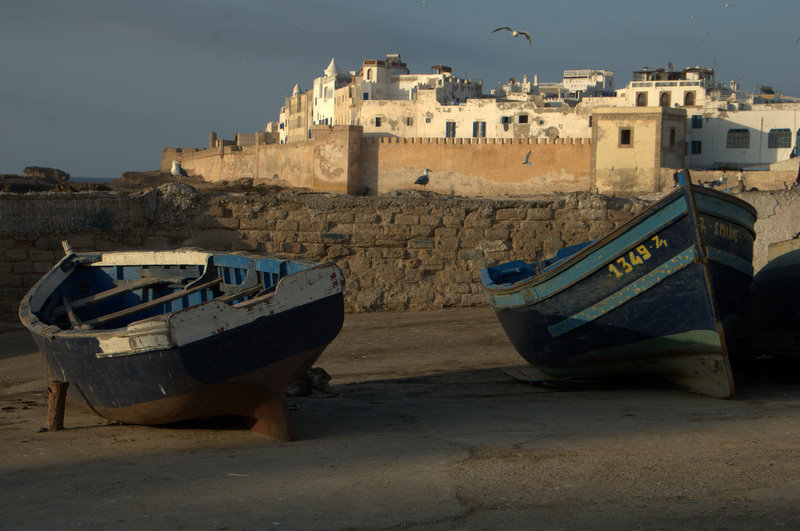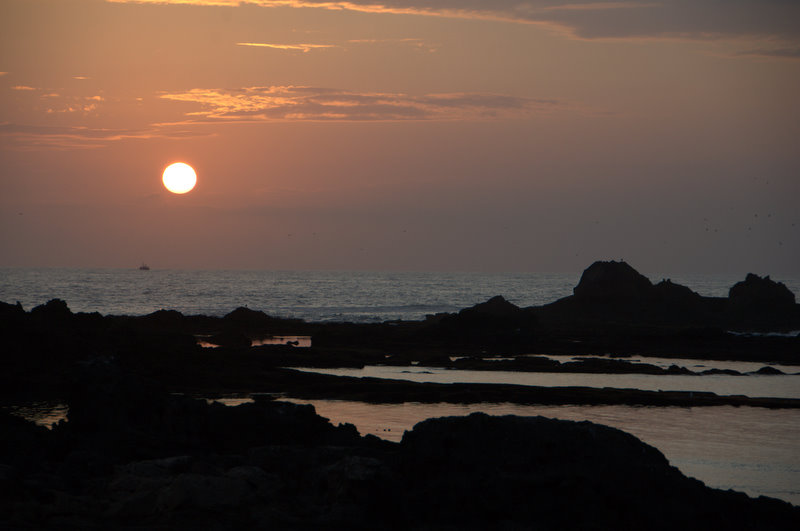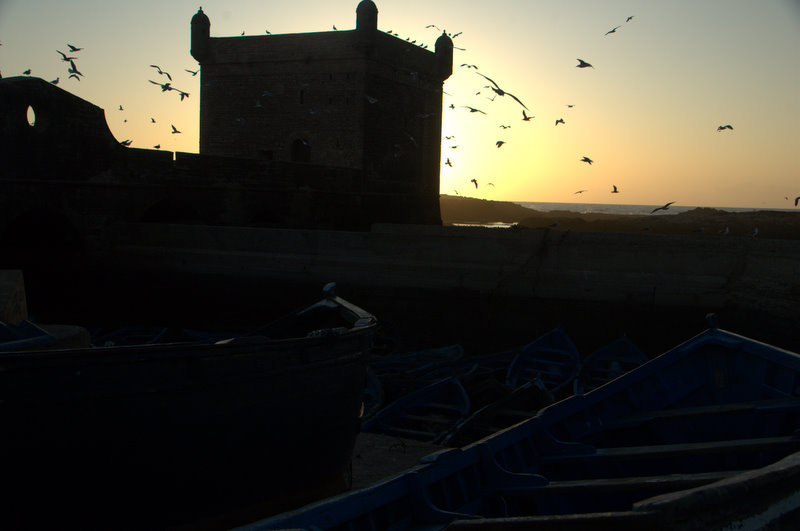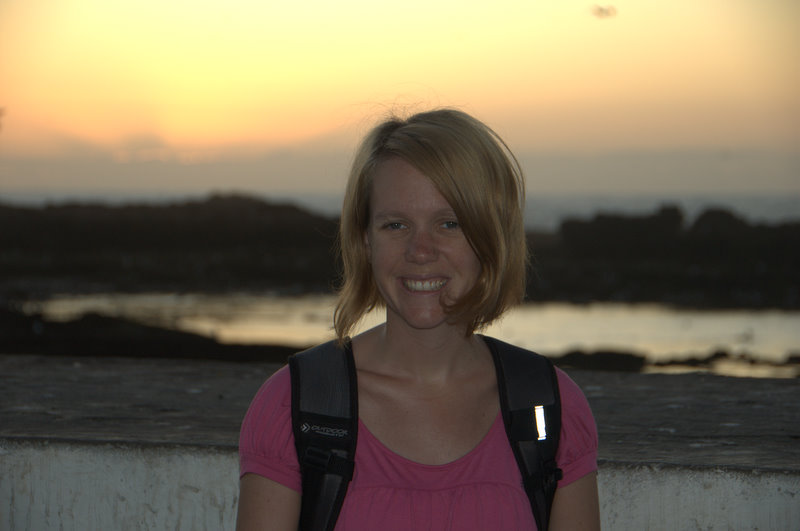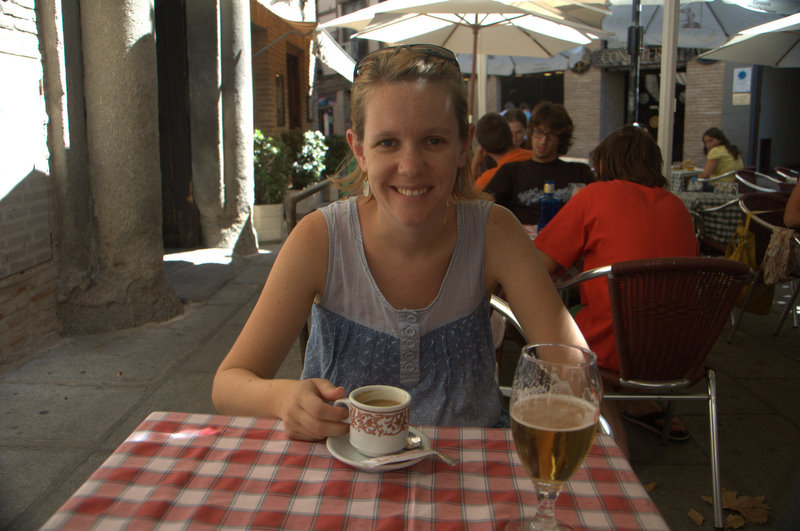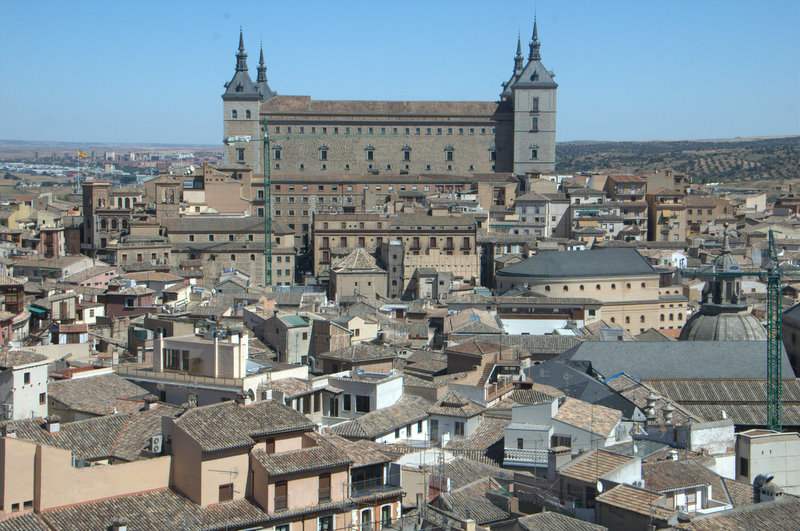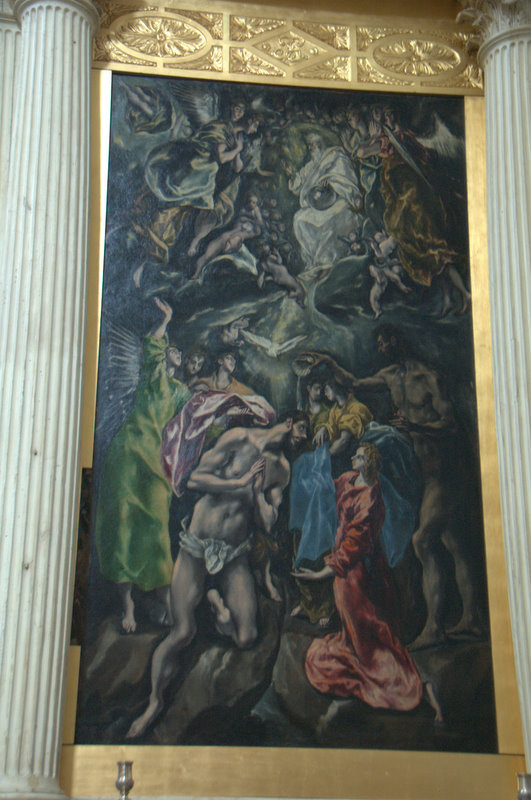Flying Through Poland
We are deep into our trip through Poland, and our week here is going by incredibly quickly. Before we know it, we will be in Turkey.
We had a great last few days in Spain. Every night that we were in Granada, we spent exploring the city for the best free tapas that you get with a drink. We stayed out far too late each night, with the folks we met in the hostel. Our last day in Granada, we were up at 7:30 to check out from the hostel, because our plan was to take a day trip to the nearby mountain hamlet of Monachile. Our guide came by 9, and we headed to the bus, and then on the town. We are big fans of little villages, there is a much more authentic feeling about them than the very international cities, with travelers from all corners of the world. Our guide actually lived in the little town, so we stopped by her house so she could bring along her very bad little dog, Mojo. We continued into a nearby nature reserve and spent the next several hours hiking along the river. In some places, we'd have to crawl under rocks as they protruded over the trail and towards the river; I imagined mysel (and my camera) taking an unexpected swim. The hike was quite nice, getting some fresh country air felt terrific after being in the city. We stopped by a restaurant for lunch, which was covered by the 15 euros the excursion cost (the meal was quite worth that by itself); funnily, our guide happened to work there, as well as the tea house we stopped at last, as it seems she was plugging the places that employed her. She was an excellent guide, though, and quirky to boot, so we enjoyed the hike thoroughly and it was a great day of exploration in Spain's countryside.
We arrived back in town in time to arrange our bags at the hostel and then hike to the train station. Our bags weigh a combined weight of nearly 40 kg, and the train station was about 2 km from our hostel, but it was all downhill, and we wanted to wear ourselves out for the night train to Barcelona. That didn't work that well; I still didn't sleep until around 2:30 am, even with 50 mg of Benadryl, but when I fell asleep, I didn't wake up until we pulled into Barcelona. There, we quickly found our hostel and set out to get the most out of our day in Barcelona. It was more like our typical European city exploration than we've done for a long time; we headed out from the northwest end of town, all the way the center, around the port and the center, as well as the Barrio Gotic (Gothic Quarter), and then all the way back to the hostel. It was an incredible, five hour hike; according to Google Maps, it was about 12.7 km. We weren't done, though; we showered and cleaned up, then took the metro back to the center, where we met up with friends from Tucson. We walked all over the center with them, had some tapas and beer, and around 1:30, we walked back again to the hostel. We burned off some extra trimmings that day.
The next morning, we were up at 7:30 yet again, this time to check out of the hostel and take the metro to the train station, and then a short train to the airport for our flight to Warsaw, Poland. That trip was remarkably uneventful; once in Warsaw, we figured out which bus to take and rode it into the center. That bus took us directly to our hostel, which turned out to be quite great. The hostel, called Hostel Krokodyl, was super clean and seemed fairly new. It had a very nice kitchen, dining room, and common room. The beds were really comfortable, we even noted that the mattresses were Ikea, and we didn't get eaten alive by bedbugs so that we looked like measles victims in the mornings. The best thing was that there was free laundry service, so we had our clothes machine washed for the first time in just short of five weeks. For those of you who don't understand the beauty of clothes that aren't washed by hand in the sink, consider yourselves underappreciative, as it is a glorious thing, the washing machine.
We had our standard procedure there in Warsaw. We dropped our bags, and headed straight for the center. It was getting on in the evening by this point, the sun was setting as we jumped on a tram that took us into town. We reached the center with one objective: to find the restaurant that is co-owned by the owner of our favorite restaurant in Tucson, AZ. It wasn't as easy to find as I expected, even though we had found it on a map. The streets of Warsaw's Old Town are windy and getting your directional bearings is a real chore. We ended up walking again for several hours, and saw most of the Old Town in the process before we reached the restaurant. There, we had a bit of an awkward moment: it was difficult to explain just why we were there, and by asking for the owner, we overwhelmed the poor waitress. Enter in the imposing cook, who asked in a monotone, somewhat aggressive voice: "What do you want?" We just grinned uncomfortably, showed him the video we'd shot with the co-owner in Tucson, and got the hell out of there, as the owner wasn't coming in until the next day. After that, we basically had a beer in a different cafe, then headed back to the hostel. It was too late for dinner, so we had a meal of pickled herring with cheese and crackers, an essential Baltic meal and quite delicious.
The next morning, we found that they had a delcious spread of not only the typical hostel-breakfast of bread and jam, but also meat, cheese, and vegetables, a standard for Baltic and Scandinavian breakfasts. We were ready to head back out, but met a couple from New Zealand and ended up talking to them until noon. We hurried back to the center, only to find that we'd covered most of it the previous night, and the only difference was that it was packed with athletes running a marathon and spectators. We walked for awhile, then had lunch in what is known here as a milk bar, a cheap cafeteria that serves cheap Polish standards. We found a small, local outdoor market, and a stall that sold really excellent beer, "without preserves." brewed in a small family brewery. We sat talking to a couple of travelers, until we noticed the sun setting; we needed to find the bus station for the next morning, so we hurried back to the tram. En route, we visited the restaurant again; the owner wasn't to be found, but it wasn't so awkward, they seemed to expect us this time, although one of the waitresses fled again.
We found the bus station without trouble, although we had a little detour on the tram getting back to the hostel; the language barrier can be trouble. We had a great meal of pasta (yet again), and talked to the Kiwi couple until almost 1:30. We took our time getting breakfast and packing before heading to the bus station, and about three hours of bladder-torturing bumpy roads later, we found ourselves in the smaller city of Lublin (population 325,000). Our hostel was right next to the bus station, so we checked in, dropped the bags, and jumped on a bus that took us out to the concentration camp that sits on the outskirts of town, Majdanek. The exhibits buildings and the visitors center were closed as it is Monday, but the camp itself was open, so we walked around. The barracks were sad, but the most dramatic parts of the camp were the gas chambers, the building that housed the crematorium, the huge pile of ash left from victims, and a building lined with piles of shoes from the victims. The emotional impact may not have been as much as we expect to find in Auschwitz, outside of Krakow, but seeing the shoes made us feel as though the presence of ghosts of the 80,000 victims were standing around us; we weren't able to walk down the corridors of shoes until the lights were on.
Back in the Lublin center, we walked to a restaurant that served very traditional foods, recommended by the hostel. There we stuffed ourselves on pierogi, barszcz (borsch soup), and wild boar, and had to walk back to the hostel, just to help digest the meal. The center, or Old Town, in Lublin, is quite nice, if small, and our hostel is nice as well. Even though this is a quite large city, it has a small town feel to it, and that is a nice change, after being in Granada, Barcelona, and then Warsaw. Tomorrow, we are going to the really small village of Kazimierz Dolny, population 400.
Until next time, be safe.







